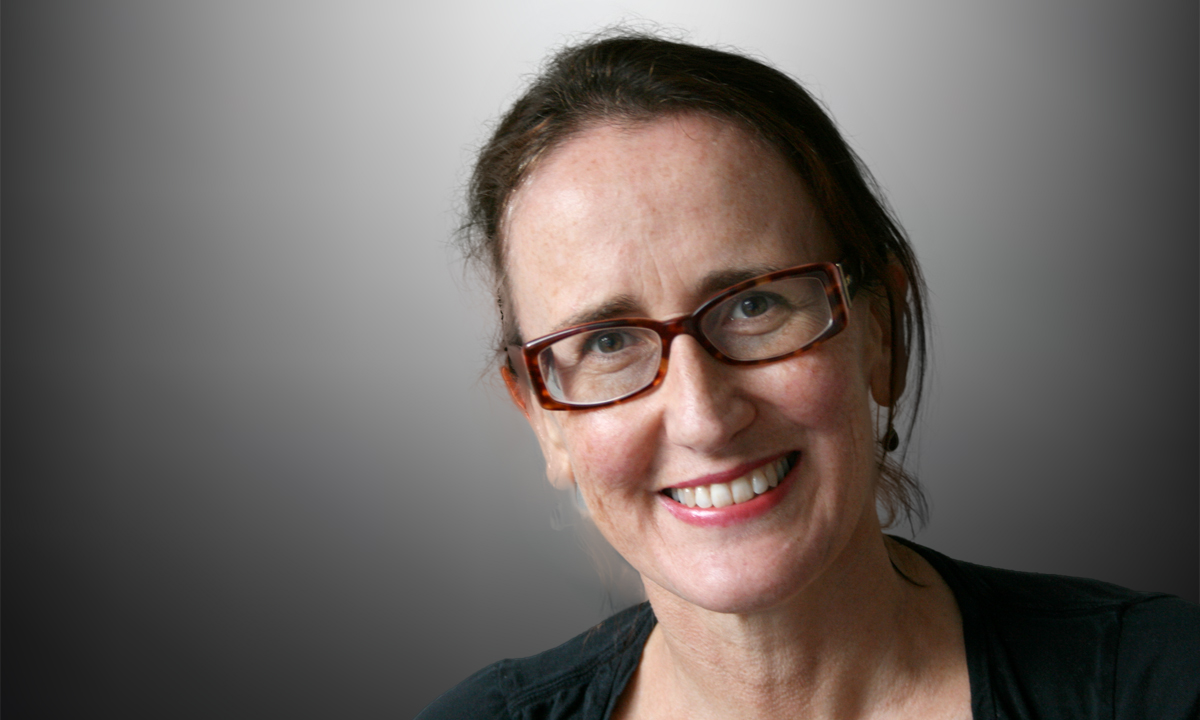FOR American family physician Lou Ortenzio, it began with a drug sample left by a pharmaceutical representative.
Struggling with a tension headache while seeing patients well into the night, the then 35-year-old doctor was amazed by the feeling of wellbeing that spread through him after taking an extra-strength hydrocodone–acetaminophen (Vicodin) from the sample cupboard.
That was 1988 and it was the beginning of Ortenzio’s slide into two decades of opioid addiction that saw him lose both family and career. After a 2006 conviction for health care fraud and fraudulent prescribing, he lost his licence to practise medicine.
It wasn’t just Ortenzio who had become addicted to prescription opioids but also large numbers of the people he treated.
As The Atlantic documents, by the end of Ortenzio’s time in practice, the number of his patients taking the prescription drugs had gone from a small proportion to more than half.
There are many possible explanations for the opioid crisis devastating the US, described by The Atlantic as the “deadliest, most widespread drug epidemic” in the nation’s history, and by US authorities as a health emergency.
Pharmaceutical companies certainly bear considerable responsibility for their repeated claims new-generation opioids were not addictive, as health authorities have pointed out.
The billionaire founder of Insys Therapeutics last month became the first pharmaceutical boss to receive a criminal conviction over his company’s role in the opioid crisis.
The undue influence of insurers in the US health system has also played a role in encouraging drug prescribing over more costly approaches to pain management.
It’s striking too that the crisis is most acute in economically depressed areas – such as the Appalachian region of West Virginia where Ortenzio practised – in towns where industries have shut down, leaving many without employment or prospects.
Australia has not, at least yet, experienced a crisis on the scale of that in the US but, as a recent report from the Australian Institute of Health and Welfare demonstrates, there is little room for complacency.
Over the 10 years to 2016, the number of opioid-related deaths in this country increased by 62%, the report reveals, with prescribed opioids responsible for far more deaths and hospitalisations than illegal opioids such as heroin.
Solutions are not going to be easy to find or implement. They will likely need to be as far-reaching as the crisis itself, encompassing social renewal, stronger regulatory mechanisms and new approaches to pain management.
An approach put forward by Sydney anaesthetist Dr Gavin Pattullo and US pain researcher Dr Luana Colloca seeks to harness the undoubted power of the placebo effect in an ethical way or, in other words, without lying.
“What we have learned from placebo research can provide us with an acceptable and easy-to-implement effective bedside strategy to curb opioid overuse,” they write in the British Journal of Anaesthesia.
“It is our opinion, based on clinical and research experience, that placebo enhancing communication strategies, which harness the patient’s positive expectations while still giving truthful information, should be introduced into routine clinical practice starting with the acute pain service,” they write.
The two doctors’ strategies for placebo enhancement include emphasising the effectiveness of non-opioid pain medications and telling patients opioids are for use only if residual pain is too much for the patient to bear.
They also recommend against the use of the term “painkiller”, arguing the implication pain will be completely eliminated may lead to a nocebo effect, increasing the patient’s perception of pain levels and making it more likely they will ask for additional pain relief.
The placebo effect has only recently come to be seen as a valid field of research in its own right, but its secrets are slowly being revealed by clinical studies, neuroimaging and even animal studies (yes, rats can show placebo effects).
Dr Colloca has previously written about research into treatment regimens that alternate an active drug with placebo, leading to an enhanced placebo effect and a reduction in dosage and side effect risk for the patient.
Positive results have been achieved with the technique in trials of opioids for pain, corticosteroids for psoriasis, zolpidem for insomnia and amphetamines for attention deficit/hyperactivity disorder, she writes. It’s early days, but the possibilities are intriguing.
Meanwhile, there are more urgent needs: people who are already addicted need treatment and other services, delivered without judgment or condemnation — something former doctor Lou Ortenzio, now recovered from his own addiction, is seeking to facilitate in his suffering Appalachian community.
Jane McCredie is a Sydney-based health and science writer.
The statements or opinions expressed in this article reflect the views of the authors and do not represent the official policy of the AMA, the MJA or InSight+ unless so stated.

 more_vert
more_vert
Fascinating and overdue research Jane. As we know, placebos were widely used by many medical practitioners in what is now clearly defined as an ‘unethical’ practice up until the 1970s in Australia. In defense of their use at the time it was universally recognised that they did provide a ‘positive’ effect on patients ailments where as most of the drug interventions at the time were of limited value. The ‘placebo effect’ was actually a well discussed part of the undergraduate pharmacology training course. Go back go the early 18th century and almost all pharmacological medicine was placebo at best; exactly where the ‘alternative’ operating individuals are now! As an after thought, if ever an industry needs urgent ‘placebo’ research with an associated weaning practice it is the modern day Vitamin monolith with its massive tribe of addicts.